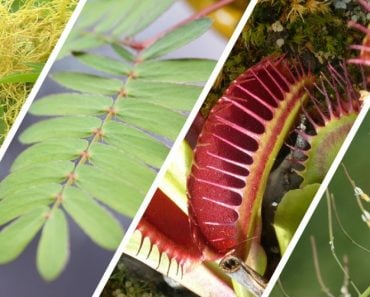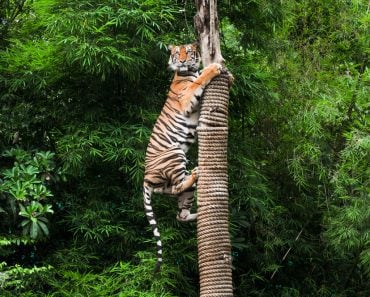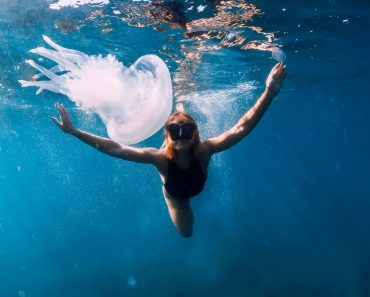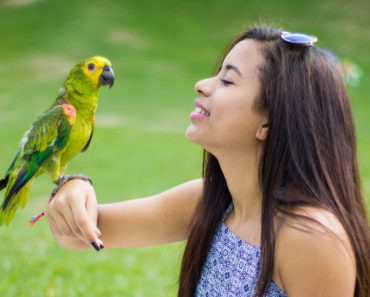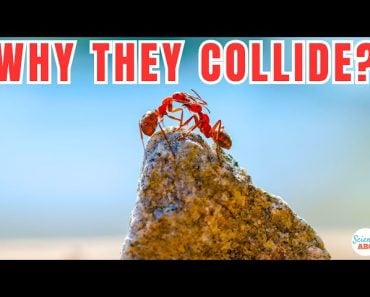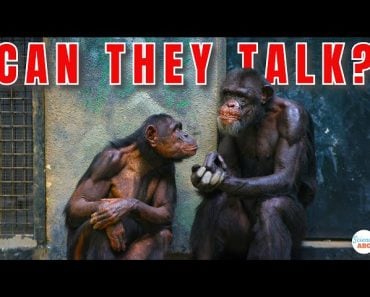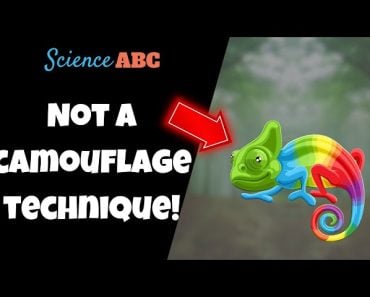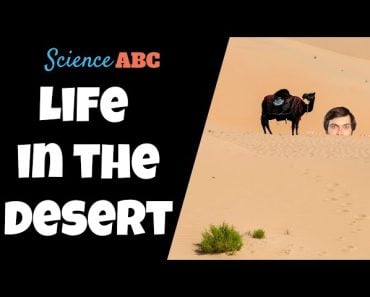Table of Contents (click to expand)
Mimicry is defined as the close resemblance of one organism to another or to natural objects among which it lives. This skill helps the animal blend in, hunt, and survive!
What comes to your mind when you see the word mimicry? You might think of a comedian mimicking a superstar. You might also think about your cousin imitating your aunt when she’s not looking. But did you know that mimicry is one of the most fascinating concepts in nature too? Animals and plants also mimic certain characteristics of other creatures and the world around them. But why do they do this? Is it a necessity? Or is there a more significant force behind it? Let’s find out!
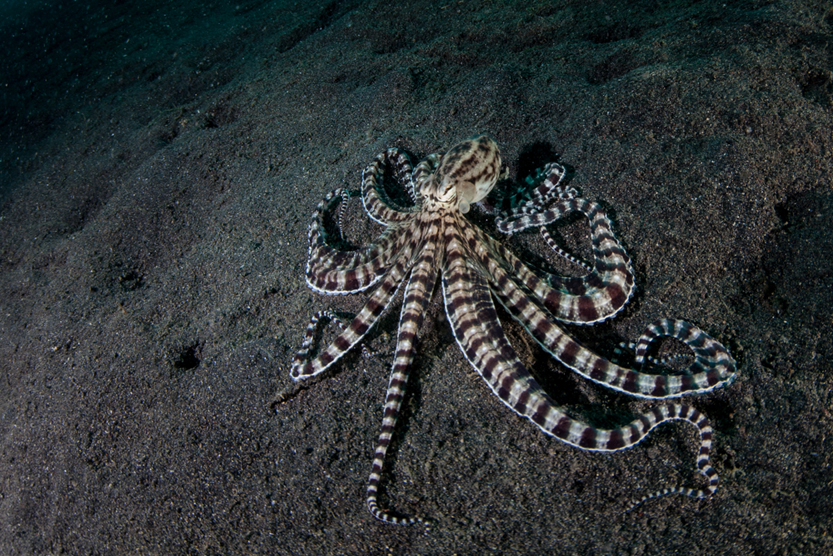
One can observe mimicry in animals if they display physical or behavioral traits of another species, or even aspects of the surroundings in which the animal is usually found. The simple reason why this occurs naturally in animals is that it provides the advantage of survival. However, they don’t mimic things or other species deliberately. They’re born with these characteristics without having to make a conscious choice to learn or practice!
Recommended Video for you:
Animals That Use Mimicry
If you’ve ever gone hiking out in nature, you have probably been within a few inches of stick insects. However, you probably never spotted them because they look so much like the bark on which they’re perched.
However, this precise characteristic provides them with a huge advantage for survival. Just like us, other predators are unable to spot the presence of such an animal, which prevents them from being killed in the act of predation. Brilliant, right?
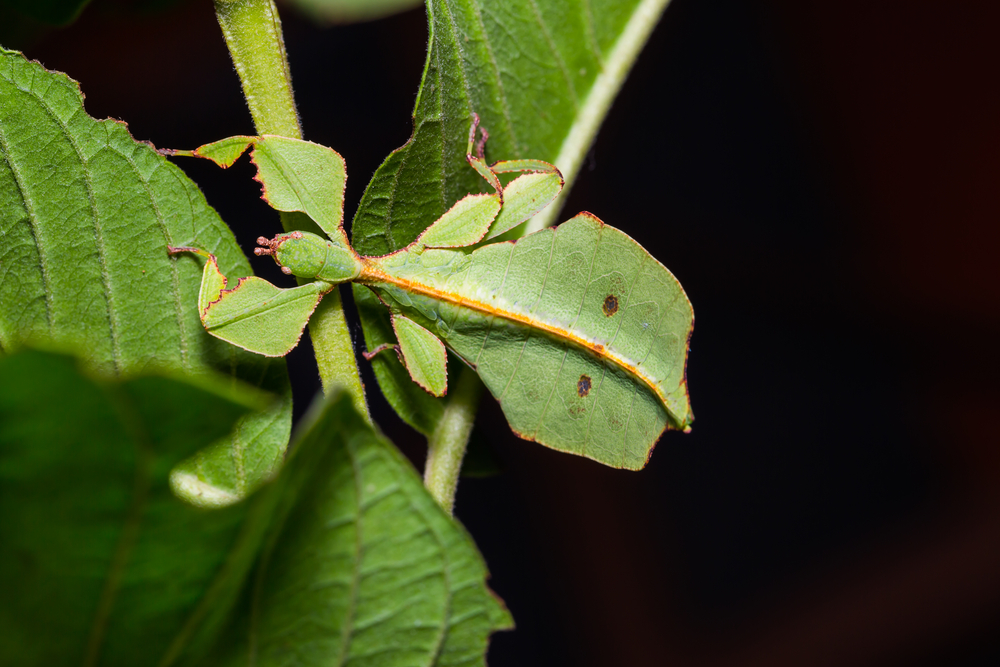
But that’s not all! Sometimes animals also mimic other animals to avoid being eaten by bigger predators. They also mimic external features, such as color and form, to lure prey towards them.
You will even find a number of different animals mimicking other species of their type to benefit from their particular traits. One excellent example is that of the viceroy butterfly, which mimics the monarch butterfly in both the color and pattern of its wings. The monarch butterfly is toxic, so the viceroy butterfly similarly is not eaten by predators due to the similarity of its wing pattern to monarchs!
Similarly, a moth Sesia crabroniformis mimics the dangerous stinging wasp Vespa crabro to avoid becoming prey.
Yet another interesting example is that of the Heterodon snake, which flattens its head while hissing to advertise that it is dangerous.
One may conclude that these plants and animals evolved these methods of trickery and deception over long spans of time, all to improve their likelihood of survival!
What Is Batesian Mimicry?
Let’s try to understand this concept through an example. Consider a group of insects: A, B and C. Out of these, only B has toxic chemistry in the form of stingers, spines or other features that are harmful to predators. On the other hand, A and C only look like B, but due to prior unpleasant experiences with B, the predator will avoid all A, B and C organisms, since they look so similar. This is known as Batesian mimicry.
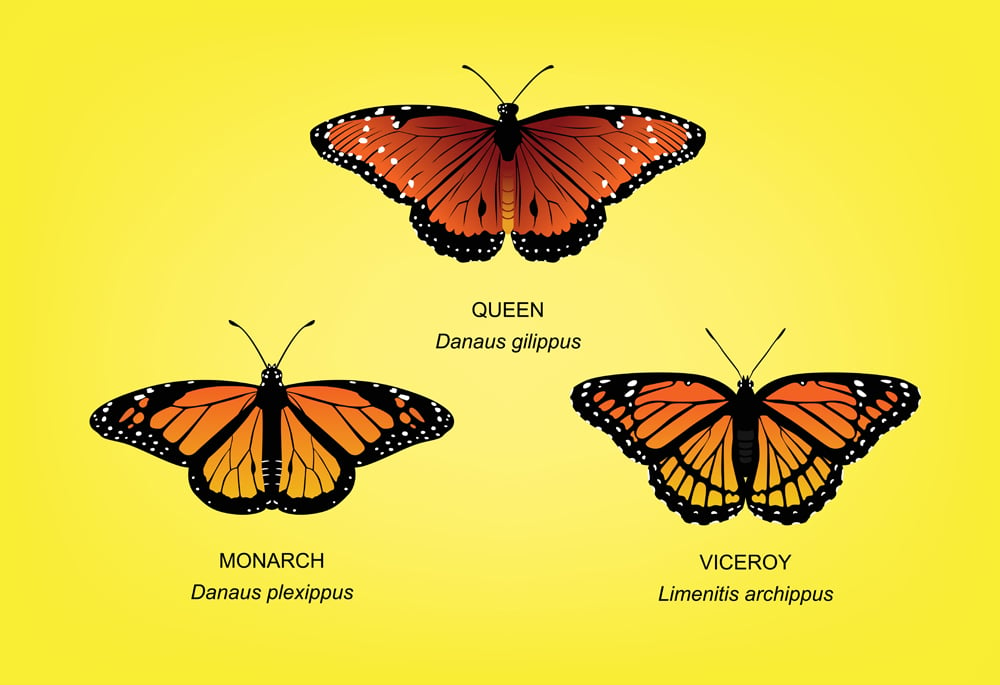
This type of mimicry is named after Henry Walter Bates, a British scientist who pioneered the work of observing patterns of mimicry in Amazonian butterflies. Therefore, the example mentioned above with the viceroy butterfly mimicking the monarch butterfly fits well in this category. One can also observe Batesian mimicry in milk snakes who possess the same body colouration as that of venomous coral snakes.
What Is Mullerian Mimicry?
This type of mimicry is only slightly different from Batesian mimicry. A group of animals are said to exhibit Mullerian mimicry if they produce the same warning signs to indicate that they are unpalatable or dangerous. However, in this type of mimicry, it is difficult to understand who is mimicking whom, as both the creatures are toxic, but produce an equal share of advantage for their collective survival. This also creates a mutually beneficial interaction among these mimics.
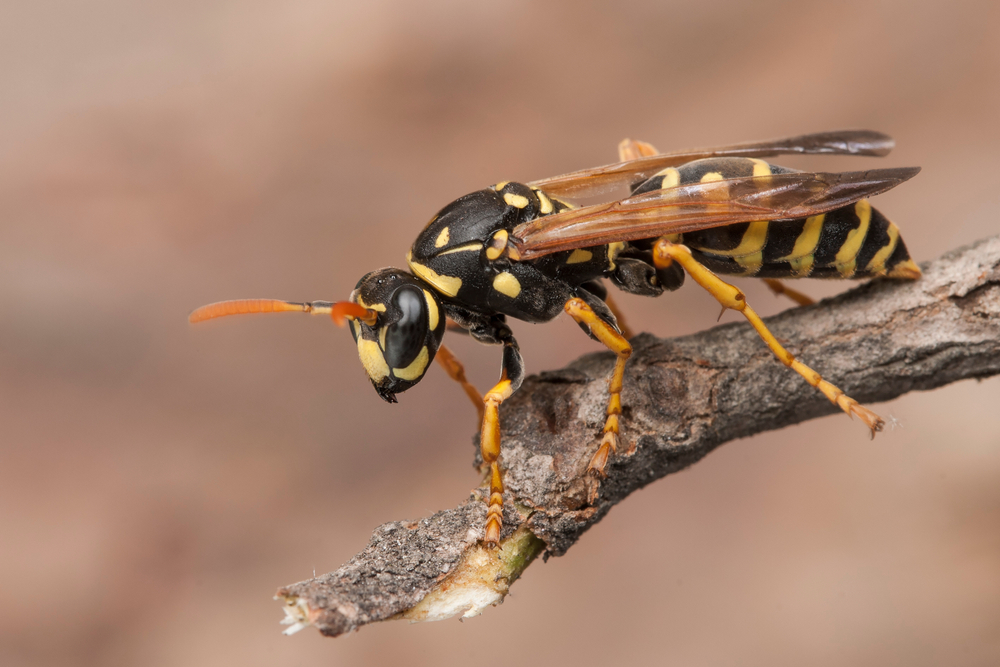
As such, we can say that Mullerian mimics exhibit similar warning systems. These can be the same pattern of bright colors on the body of the animal that advertises the prey as being unpalatable or toxic to predators. This is popularly known aposematism. Once the predator has had a bad experience with an animal displaying such a pattern, it will avoid all similar patterns in the future. Some prominent examples of creatures who rely on this type of mimicking are bees, yellow jackets and wasps, which are all stinging insects and have the same black-and-yellow external coloration.
Why Do Animals Mimic: Purpose And Advantages
Mimicry, just like several other phenomena in the biology of plants and animals, is attributed to evolutionary forces. If a creature’s appearance makes it easily distinguishable in its surroundings, then the chances of it becoming a meal are quite high. Therefore, mimicry helps them avoid such situations and promotes survival.
The camouflage of leaf insects among plants and the mimicking of a poisonous creature by a non-poisonous animal are both effective methods of survival.
Moreover, some animals also utilize this phenomenon to attract prey and fulfill their nutritional demands. A fascinating example is that of the Orchid Mantis; unlike a regular green mantis, this variety exhibits delicate shades of pale purple or pink. This appearance helps it deceive insects that come to pollinate the orchids, but instead end up becoming prey!
Unlike the comedians you watch on TV, animals mimic to survive, not entertain. This mimicry in not only spectacular, but also very devious!
References (click to expand)
- (1933, December). Mimicry in Animals. Nature. Springer Science and Business Media LLC.
- Jamie, G. A. (2017, February 22). Signals, cues and the nature of mimicry. Proceedings of the Royal Society B: Biological Sciences. The Royal Society.
- Batesian Mimicry - an overview | ScienceDirect Topics. ScienceDirect
- Chapter 28: Most Spectacular Batesian Mimicry. University of Florida

